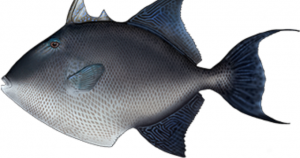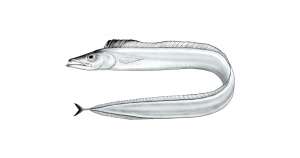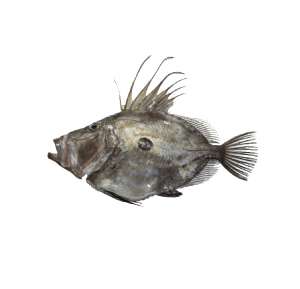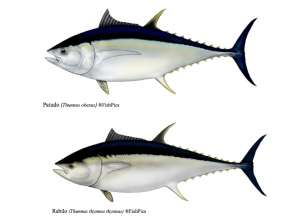Principal fishing methods: surface longline. Conservation status: the Mako shark has been red listed by the IUCN for the North Atlantic. There is good reason for concern as to the status of this species. Datasheet: Ficha técnica (Rinquim)
Fresh
Showing 10–18 of 46 results
-
Adicionar
Principal fishing methods: handline and bottom longline. Conservation status: although local stocks appear to be healthy, this species has been red-listed by the IUCN as being threatened in the N. Atlantic. Datasheet: Ficha técnica (Raia)
-
Adicionar
Principal fishing methods: gathering and trap fishing. Conservation status: although local stocks appear healthy, Common octopus have been allocated a minimum weight of 750 g. Datasheet: Ficha técnica (Polvo)
-
Adicionar
Principal fishing methods: coastal pole-and-line. Conservation status: local stocks appear to be healthy. Datasheet: Ficha técnica (Peixe-porco)
-
Adicionar
Principal fishing methods: handline and deepwater longline. Conservation status: Local stocks appear to be healthy and are considered as being “virgin stocks”. Datasheet: Ficha técnica (Peixe-espada-preto)
-
Adicionar
Principal fishing methods: handline and bottom longline. Conservation status: although once considered plentiful in the Azores, local silver scabbardfish stocks showed a sudden decline in the late 1990’s and have still yet to recover Datasheet: Ficha técnica (Peixe-espada-branco)
-
Adicionar
Principal fishing methods: handline and bottom longline. Conservation status: local stocks appear to be healthy, but it is a species not well studied. Datasheet: Ficha técnica (Peixe-galo)
-
Adicionar
Principal fishing methods: pole-and-line and surface longline. Conservation status: although big-eye tuna have not been red listed by the IUCN for the North Atlantic, concern does exist as to the status of this species. Locally caught bigeye tuna have been allocated a minimum commercial size of 3.2 kg. Datasheet: Ficha técnica (Atum-Patudo)
-
Adicionar
Principal fishing methods: handline and bottom longline. Conservation status: although there is no immediate concern as to the status of this species, locally caught common seabream have been allocated a minimum commercial size of 20 cm. Datasheet: Ficha técnica (Pargo)














